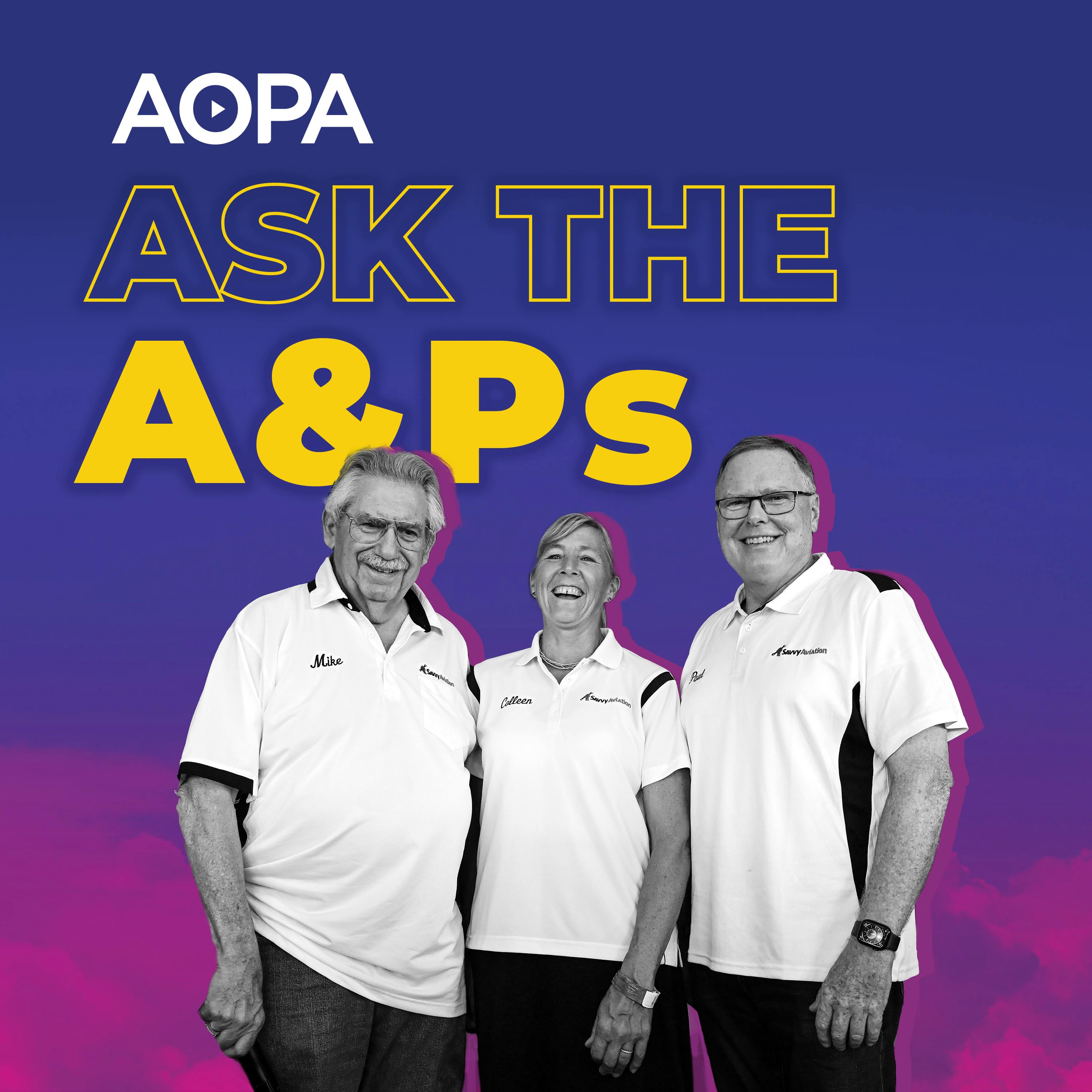You have two options and a top overhaul isn't one of them
Description
Adam flies a Piper Warrior owned by his friend. On a recent flight he experienced some morning sickness that he was able to resolve. On a subsequent flight the owner had morning sickness as well. The owner is considering a top overhaul. Mike said he has two options, and a top overhaul isn’t one of them. The first is to do a wobble test and the second is to skip the test and go straight to reaming the valve guides. Paul recommends doing only one at a time. He said not to fly it again until the procedure is completed. They’re worried that flying it after the morning sickness could have caused damaged, so a borescope inspection is in order as well. AOPA r
Kevin flies a Cessna 172XP that he suspects is the slowest one of its kind. It flies about 15 knots slower than book speed, and he’s seeking a remedy. Paul suggests first checking the rigging, specifically to make sure the flaps are completely retracting. If the flap rollers touch the end of the slots before the switch turns off, it will hurt the motor. But if there’s a gap after the motor has stopped, they aren’t full up. Totally ignore the fairing that’s riveted to the cabin, he said. He would also check the lifters to ensure complete motion. Mike suggests that is the airplane climbs at book values, he has a drag problem, but if it climbs worse than book, it’s a power problem.
Greg is hoping to overcome the supply chain issues by purchasing a “lifetime” oil filter. Being able to open the filter is the best thing you can do to know how the engine is wearing, Paul thinks. Mike thinks the filter inspection, while possible with a reusable filter, would be a messy, complicated job.
Ken said he heard an adage that you should check your EGTs at 1,000 feet, and then lean in the climb to match those numbers, and he’s wondering about its validity. The hosts all completely agree, and it’s generally how they fly as well.
Patrick flies a Cessna 170 and he’s wondering why his cylinders have a different CHT limit. Mike thinks the difference is probably due to the fact that CHTs are measured in a different position in his engine than others and the O-300 has a different cylinder design. After a cylinder swap he’s also wondering why break-in procedures sometimes call for changing power settings. Mike said he’s never seen a justification for this practice. He has broken in his engines by running them as hard as he could, keeping in mind cylinder temperature limits.
Miko maintains his own airplanes and is looking for approved data. He’s struggling to find reasonably priced maintenance manuals. Clearly the manufacturer is the first place to go. Paul uses ATP for his airworthiness directive research. Typically they sell subscriptions, which are quite expensive though. He said you might be able to get a shop to give you their old paper manual because most have transitioned to digital. Colleen also uses McCurtain, which they don’t think exists any longer. Essco is still around and sells digital versions of scanned manuals.
More Episodes
Published 11/15/24
Lean of peak is causing odd vibrations in a Commander, and the hosts discuss proper troubleshooting. Plus carb heat on the ground, dehydrators, and parts no longer manufactured. Email [email protected] for a chance to get on the show.
Full notes below.
Chip said his mechanic is concerned about...
Published 11/01/24
Rough idle, electronic ignition basics, airplanes to avoid (or not), and the difference between detonation and pre-ignition are on tap for this episode. Email us at [email protected] for a chance to get on the show.
Join the world's largest aviation community at aopa.org/join
Full notes...
Published 10/15/24


